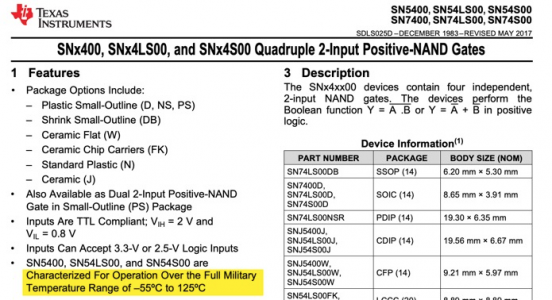Usually every fall (I’m behind this year) I pull every battery cable off. Using a wire wheel on a die grinder clean every connection. Once it’s all clean, sometimes rinsing stuff down, I’ll reinstall then spray a terminal connection protector on. Again usually I do it when replacing the batteries and it’s all apart but I just replaced batteries 3-5 months ago. It’s time consuming, 4 batteries with probably 12-15 connections. I’m thinking replace the batteries with new anyway this fall, had to get a boost last week which has me concerned
Today was a long busy day I’ll try to learn more this weekend
A buddy went through this same issue with his trucks, replaced all 4 batteries with deep cycles and never looked back. Yet a battery guru will say you want the cold cranking amps from a regular battery for startups not a deep cycle
You have to be careful about anecdotal evidence. Just because it worked out ok for your buddy once doesn't mean it will work out for a thousand other trucks the same way.
I don't know what your draw usage really looks like so I can't say which is best. However, I do agree that your battery gurus are correct THE WAY YOU DESCRIBED IT.
Nonetheless, I could easily create other ways of describing the situation that would dictate deep cycle batteries. For example, let's say that you start your truck twice a day. But at night, you shut it down and then run your inverter all night driving various loads. The inverter will draw your battery charge down which cycles the battery deeper than normal. In this case, deep cycle batteries might be preferred.
The difference is simple. Starting the engine is really the only draw on the battery while the engine is running. The alternator supplies all the other current that an engine and other accessories need. Starting currents may be quite high but rarely deep discharge the battery. That usually only happens in very cold weather. So the battery usually only sees shallow discharges and charges. That typical usage dictates a standard battery type.
However, if other battery usage when the engine is not running regularly drain the batteries down to say half their capacity, they get cycled deeply on a regular basis and that usage dictates a deep cycle battery.
The problem is deciding which one to get based on YOUR OWN USAGE. As a rule of thumb, I would say that regular discharging below 65% of charge dictates a deep cycle. You can use a hygrometer to test your state of charge before and after starting. The before number will tell you what your overnight usage was, and the after number will tell you what your starter draw was. You can also use a power meter that is permanently attached to make it easier to check and record your usage each time.
I think you also need to recognize that any amount of deep discharging, even minor amounts, will shorten the life of a standard battery, and any amount of heavy starting current will shorten the life of a deep cycle battery. Mixing the two types of usage is going to hurt battery life - period.
That said, it is possible to setup your system so that your engine is started using regular batteries, and your off engine draws are run off of a set of deep cycle batteries. Isolators can be used so that both get charged when the engine is running.
More food for thought.



